8 Things That Might Surprise You About The Multifunction Printer Market
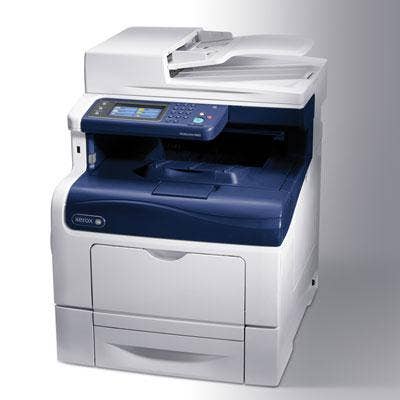
Printer Market Predictions
While the market for printers, copiers and multifunction products was hit by a second consecutive year of decline last year according to research firm Gartner, it isn't close to the end of the road for the technology, said Siddhartha Bhattacharya, global marketing manager for office products, solutions and competition at Xerox. In fact, he said that while there are some factors dragging down the market, there is actually a lot of opportunity for solution providers around multifunction printers, especially in digitization and BYOD.
Take a look at eight trends that Bhattacharya said are driving the market right now.

It's A Mature Market
The printer market has been plateauing or declining overall, Bhattacharya said, citing a 2.6 percent compound annual growth rate through 2018 as predicted by InfoTrends. That trend is especially true for the low end of the office segment, Bhattacharya said.
"Obviously when you think about the office laser market, it is a mature market. It isn't a market that’s spiking," Bhattacharya said.
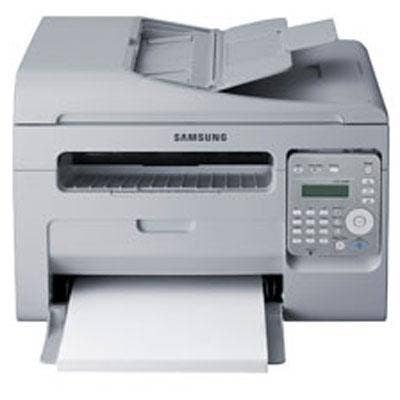
Single-Function Printers Steeply Declining
The single-function printer market, as compared with the overall printing market, is in a decline. End users aren't so keen on printers that are print only, preferring ones that can do copying, scanning or faxing as they look to focus more on the digitization of documents, said Bhattacharya.
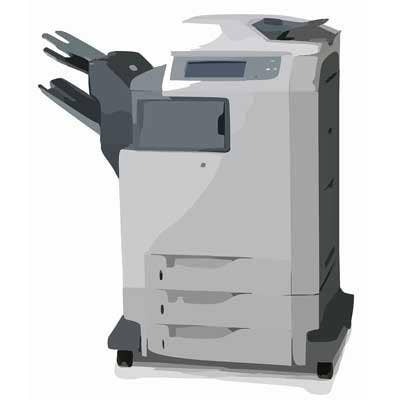
Black And White Isn't Dead
Even though color printers are picking up speed, Bhattacharya said it isn't time to give up on the black-and-white printer market just yet. In fact, he said approximately 75 percent of shipments today are still black-and-white printers. Seventy percent of the market is still forecast to be black-and-white printers by 2018.
"Black and white is still huge," he said.
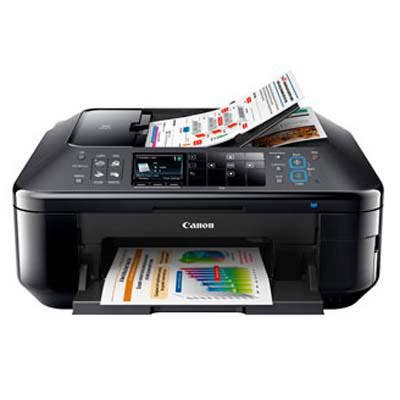
Focus On A4 Market Over A3
Bhattacharya said he is seeing a trend to focus more on the lower end of the market with A4 printers vs. A3 printers. That makes sense, he said, as A4 multifunction printers have as many functions as the higher-end A3 units, take up less space, cost less and have the option for larger sheets of paper.
"What we'll see happening is a lot more migration from A3 to A4," Bhattacharya said. "That, to an extent, dictates where we [at Xerox] make investments."
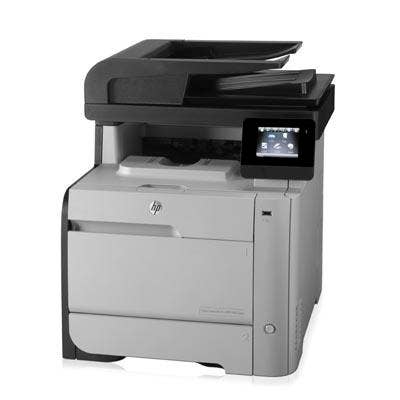
MFPs As 'Document Hubs'
As offices continue to digitize their documents, the scanning function becomes more important, Bhattacharya said. MFPs need to become more of a "document hub" and come equipped with higher scanning speeds to claim a stake in the digitization process.
"MFPs are continuing to stay relevant. The only way they can stay relevant is not as an MFP, but as document hubs in the office," Bhattacharya said.

Apps And Cloud Connectivity Growing
As the prevalence of applications and cloud connectivity grows across the board, the user experience is migrating very quickly into the MFP user interface as well, Bhattacharya said. In the printing market, that means looking into cloud connection solutions and repositories such as Dropbox. However, that isn't always as easy as it might sound, he said.
"The challenge for us is, as MFP vendors primarily, how do we then start monetizing the opportunity with cloud connections and cloud repositories?" Bhattacharya said.
From the vendor side, the "freemium" model -- where a base set of capabilities are free and then there are charges for advanced features -- is becoming key.
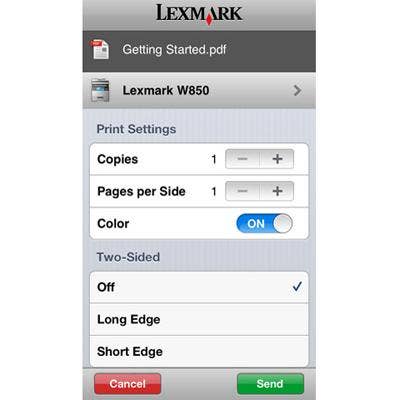
Focus On Mobile Printing
As BYOD invades the workplace, there is a growing need to enable the mobile worker, Bhattacharya said. Going forward, he said that MFPs, and even Xerox itself, need to transition to enable a mobile worker to print from multiple apps across multiple devices every day.
"This is us reacting to the whole trend of BYOD, which is transforming the way people work and blurring the lines between work and home," Bhattacharya said.

Managed Print Services Evolution
There are two levels of managed print services, Bhattacharya said. The first is basic print services, where solution providers are offering services such as auto supply replenishments and meter reads. That space primarily includes solution providers serving SMB customers, he said. The second level, he said, includes managed print services with new capabilities, features and, above all, added value.
The next phase in the evolution is called managed workflow services, which he said is a "niche focus in managed print services" managing the specific workflows and verticals of printing within a company. Right now he said basic print services is the clear majority of the market, almost double the size of managed print services.